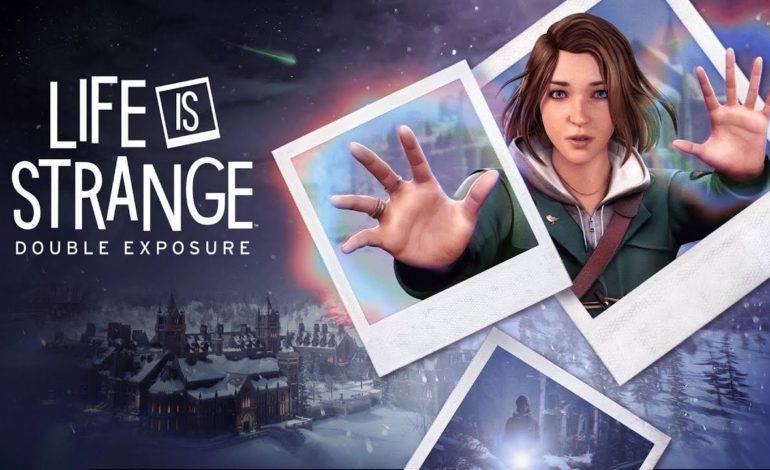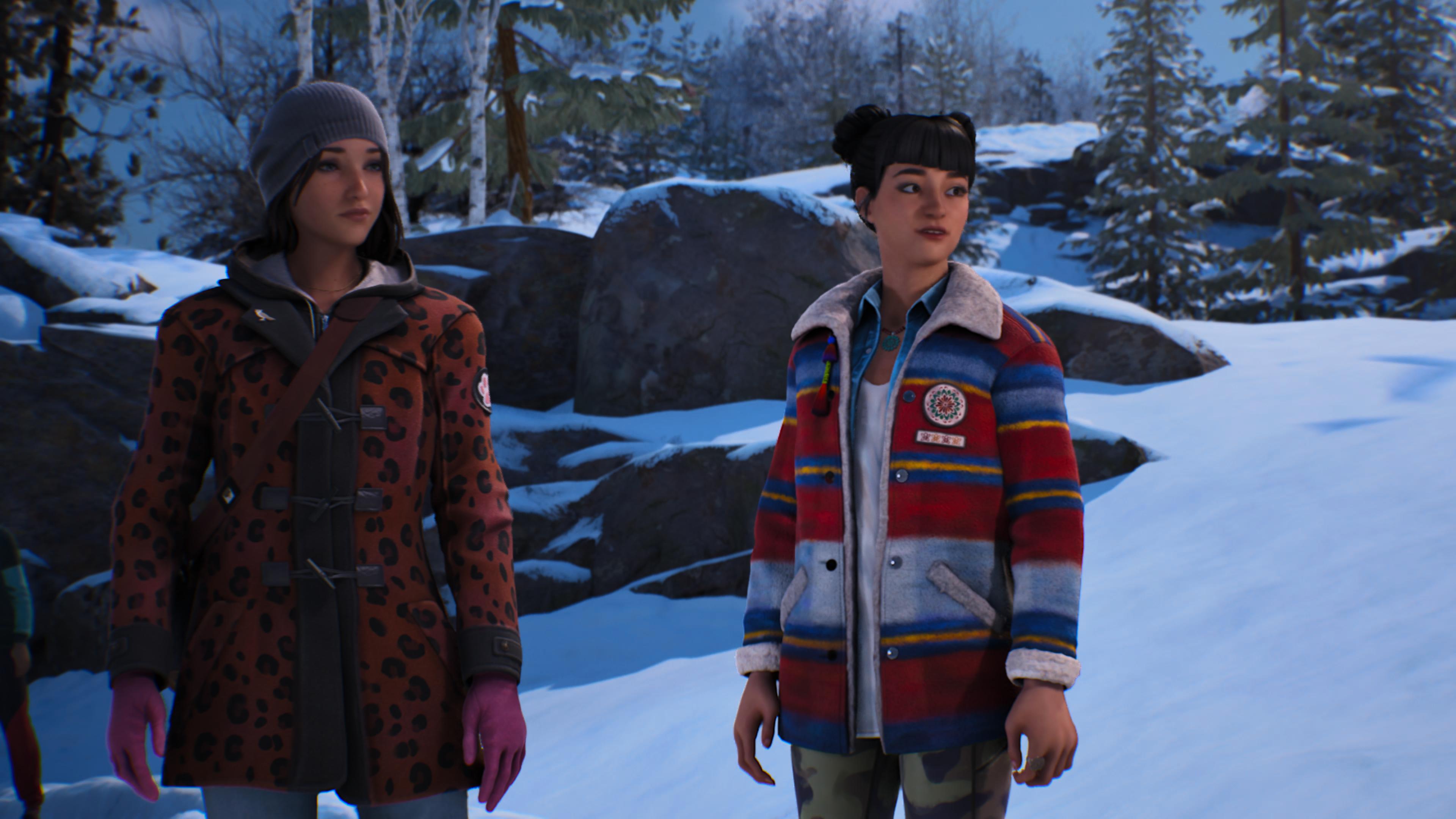

It’s crazy to think that we are coming up on the ten year anniversary of the release of the first Life is Strange in three months. Thus, it only makes sense to return to the girl with time rewinding powers who started it all in Max Caulfield in the newest entry in the series, Life is Strange: Double Exposure. With Deck Nine now at the helm of the series instead of the original minds at Don’t Nod, let’s see if Max’s return is as memorable as her first outing was all those years ago.
Set ten years after the first game, Life is Strange: Double Exposure thrusts us back into the life of the series’ first protagonist Max Caulfield as she is working at a fine arts college called Caledon University. Even though it’s been ten years since the tragedy of Arcadia Bay, Max hasn’t used her powers and is more closed off about herself despite still making new friends. Unfortunately for Max, life isn’t getting easier for her as she winds up in an all too familiar and horrid situation as her current best friend Safi is murdered. Though, instead of instantly being able to rewind time to save her friend, Max’s powers have evolved into something new where she is able to traverse between timelines where Safi is still alive to try and find a way to prevent her death in the original timeline.


All this sets up more mystery in Life is Strange: Double Exposure than any other entry in the series. You spend most of the game traveling between the “Living” and “Dead” timelines gathering clues as to why someone would want to hurt Safi. Trying to piece together the clues and gather information from the two versions of characters was the most engaging part of the game. The dialogue is always good especially with how different the characters act depending on which timeline you are in. I do wish that there was more to explore in the world as you are mostly just going between a few small areas at Caledon, the local bar, and Max’s house.
The twists and turns the mystery takes kept me guessing with each early reveal feeling huge, and made me want to play the next chapter immediately. However, once the big plot twist happens, the story goes a bit off the wall and loses almost all the intrigue it was setting up. Max’s arc of moving past her trauma from the first game is the strongest aspect of the story after it takes a turn from the murder mystery. However, the ending of the game does set up the groundwork for where they will take the series going forward.


Bringing back one of the series’s most iconic characters and being a direct sequel to the biggest game in the series would be a herculean task for any developer, and Deck Nine does a decent job at following up Don’t Nod’s story. They were able to retain Max’s charm and awkwardness with her still having a bit of imposter syndrome despite her talented photography skills. They display her PTSD from the events of the first game with her being guarded and frightened to really share anything about herself. Where many are sure to find umbridge is how they handle Chloe. Obviously, it’s hard to have Chloe be a big piece in the story due to the major choice that happens at the end of the first game. However, depending on what choice you say you made then, she can have a minor presence in the game. With what the ending sets up, it will be interesting to see how they’ll handle her role in the story in the future.
Where Life is Strange: Double Exposure actually falters is in other areas. The only real stand out character in the story is Max herself. Then, there’s Safi who starts out being someone who seems to be easily likeable, but, by the end, I’m confused by the arc they take her character through and didn’t really like her. They could’ve done so much more with her character, but she feels like a less interesting version of Chloe. It’s sad because Deck Nine has made an amazing deuteragonist in Rachel Amber in their first outing with the series.
Then, there’s the emotional resonance of the story. When one of the timelines is literally called the “Dead” timeline where everything is more dower and somber in tone of the world and characters, the only time I really felt emotional with the story was when they were referencing the first game. Also, the series has always been known for its fantastic use of music both licensed and original to highlight and enhance moments in the game, but it felt lacking here with really the only noticeable use of music happening at the end of chapters.


Overall, Life is Strange: Double Exposure is still a great game. Deck Nine is really nailing the fact the player should be controlling a character with powers as it makes for more engaging gameplay, and the change up from rewinding time to traversing the timelines felt like a good evolution of a power set. While the story may not be the strongest the series has to offer, the mystery aspects kept be glued to the game. Plus, you have the return of Max who is great to have back as the protagonist of a game in the series.
Score: 8 out of 10
Reviewed on PlayStation 5
Play games, take surveys and take advantage of special offers to help support mxdwn.
Every dollar helps keep the content you love coming every single day.

